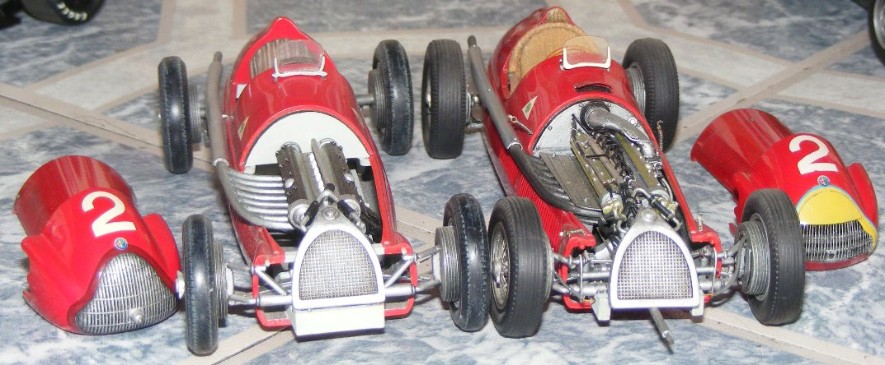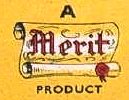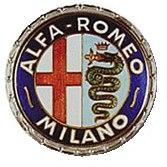
Alfa Romeo’s 158 was originally put on paper in 1937, an effort to remain in motor racing while the Germans carried all before them in the grand prix world. It started in voiturette racing in the truncated 1939 season before being whisked away and walled up in a cheese factory to hide them from the Germans.
It is said that motor racing started again in the south of Italy while the war in the north still raged, whether true or not it certainly didn’t take long for Alfa Romeo to get back into the right frame of mind for racing. Due to problems with the factory having been damaged in the war the 512 was dropped in favour of developing the already proven 158 design. 158/46 was followed by 158/47 just developmental numbers for the ever evolving car which won just about everywhere it went. Then in 1949 Alfa stopped racing, not having anything to prove anyway they sat back and worked on a variety of ideas until the New formula one was announced for the 1950 season. Suddenly new impetus for racing was found and the 1.5 Ltr straight 8 cylinder engine was developed further to give it more low end power and driveability.
The 1950 158 car was virtually unbeatable and in the hands of Farina and Fangio who won every race of the European season, three races each. The only race they didn’t win was the Indianapolis 500 which, although it counted toward the world championship, Alfa did not enter. By dint of better results Farina was the first F1 world drivers champion.
For 1951 the car evolved further and the design number was changed to 159, but for the most part the cars were 158 chassis with the addition of suspension and engine changes. Fuel economy was now so poor that at some races the cars carried modified body shapes with extra fuel tanks, these cars are 159m models, ‘m’ being the initial letter of the Italian word for increased, maggiorata. By no means did all the cars run with all the same configurations at the same time and much confusion has occurred because of this. Compounded by the fact that the 159 in the Alfa Romeo Museum has had it’s chassis plate altered in that the 8 has been ground off and a 9 stamped in it’s place.
Alfa-Romeo’s domination was coming to an end now and although Fangio won four races and the world championship Ferrari took the other two European races and were setting themselves up to dominate the drivers championship for ‘52 and ‘53.
1950 British GP
The 3rd British GP post war, Officially known as the RAC British Grand Prix and the XI G.P. d’Europe was the 1st race of the new Drivers world Championship. Alfa Romeo entered 4 team cars. Farina won covering the 70 laps of the 2.89 mile circuit (202 miles) in 2h13m23.6sec's also setting the fastest lap (as early as lap 2) @ 1:50.6, Luigi Fagioli was 2nd in his Alfetta and Reg’ Parnell as a “guest” driver brought his Alfa home 3rd. Fangio retired his Alfa due to an oil leak.
1951 British GP
Grand Prix’ now became a sort of tortoise and hare affair with Alfa being so much faster but stopping regularly for fuel while Ferrari were still trying to catch up for pace but didn’t need to stop for fuel as much. At the fast circuits far from gaining from their speed advantage Alfas were losing time to more fuel stops.
After 90 laps 2.89mile circuit 2:42:18.2 duration Fangio was second to Jose Froilan Gonzalez in a Ferrari. Some comfort was taken in the fact that Farina set fastest lap in a time 1:44, but the writing was on the wall for Alfa Romeo, and the works team withdrew.
Legacy
The 158 and its derivative, the 159, took 47 wins from 54 Grands Prix entered. The car's last Grand Prix win came in 1953 at Merano Grand Prix, Italy.
1/24th scale kit/conv'.
Built by Ian.


Both models were built in 1996, one straight from the box and the other corrected as much as any model Ian has ever made. Both had Halfords car paints for the body with a mixture of Humbrol enamels and Citadel acrylics and inks being used for the details, staining and shading.
The 1950 158 on the left in the top picture is Farina’s car from the 1950 British G.P. and the super detailed 159, on the right, is Fangio’s car from the 1951 British G.P. They couldn’t be much more different while still being basically the same.
A whole new chassis was built from scratch and every conceivable detail was added even some that can no longer be seen. We’ll let the pictures speak for themselves, compare the unadulterated model from the top view with the detail pictures of the 159 surrounding it.
RETURN TO -